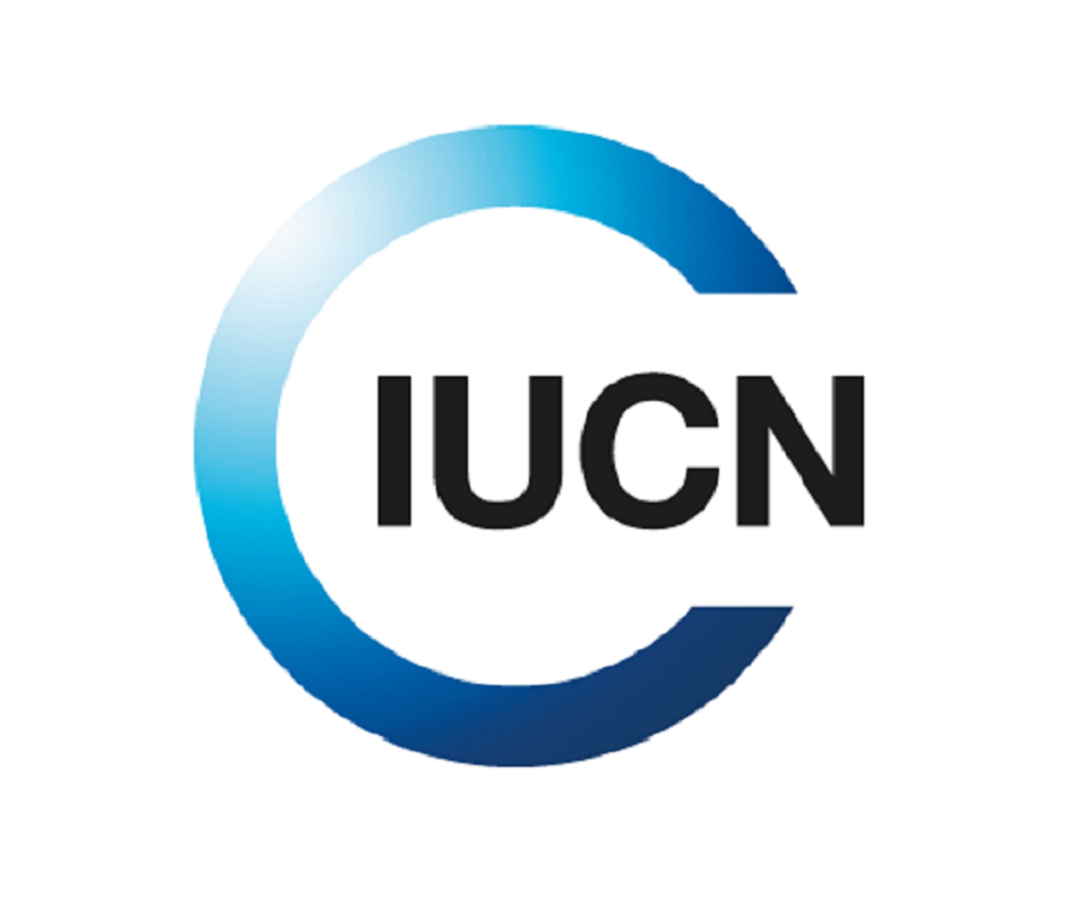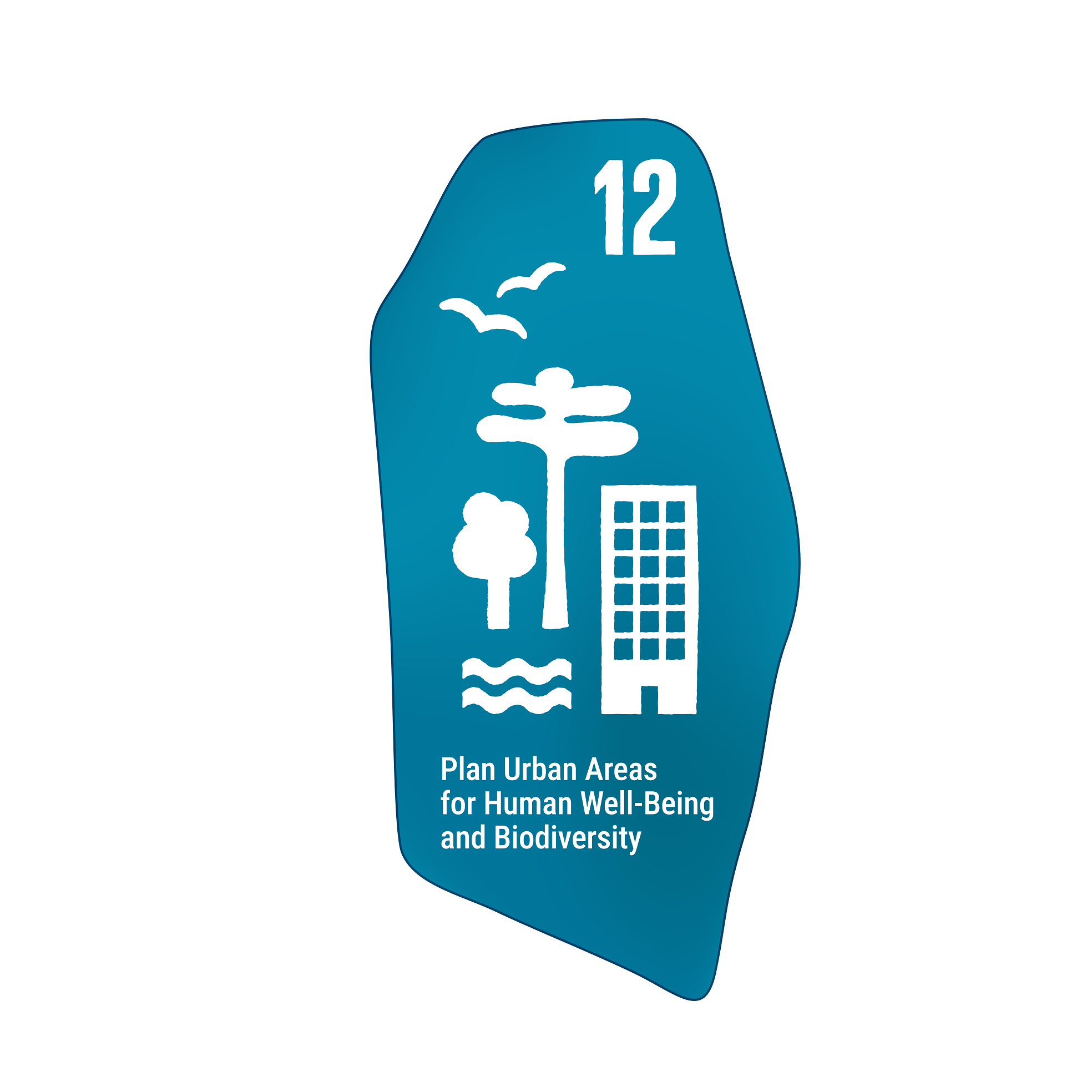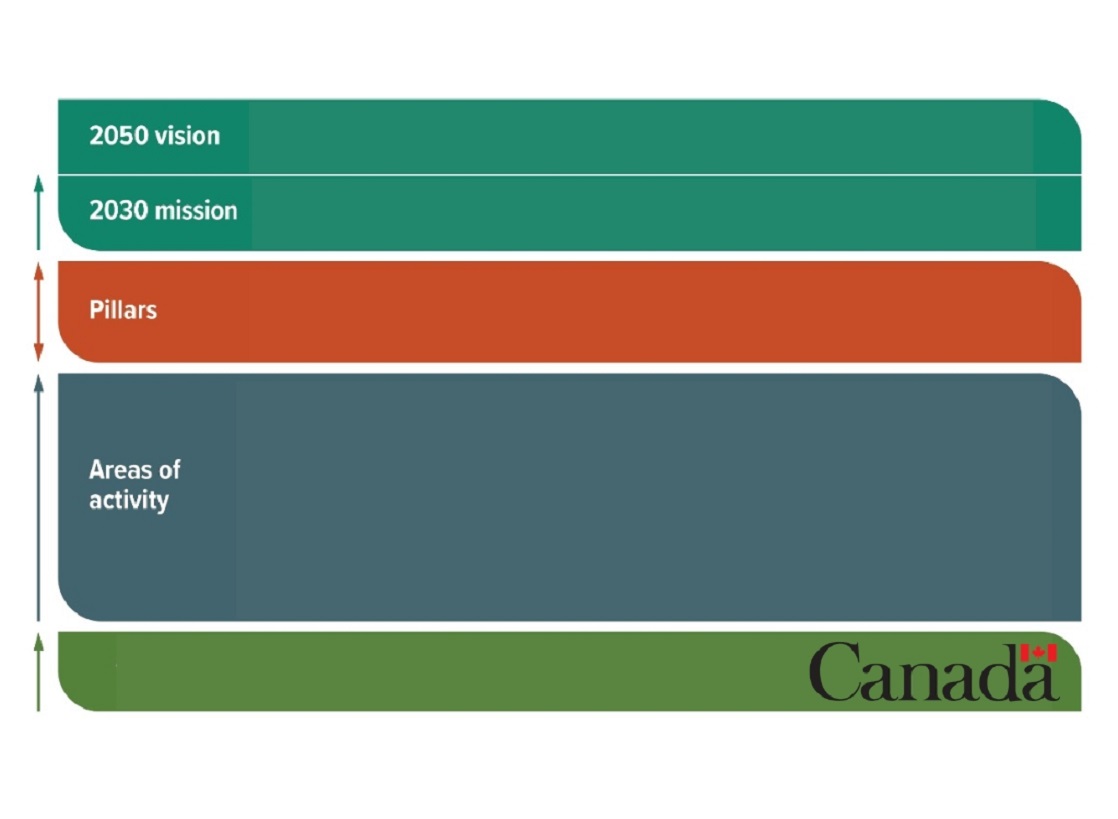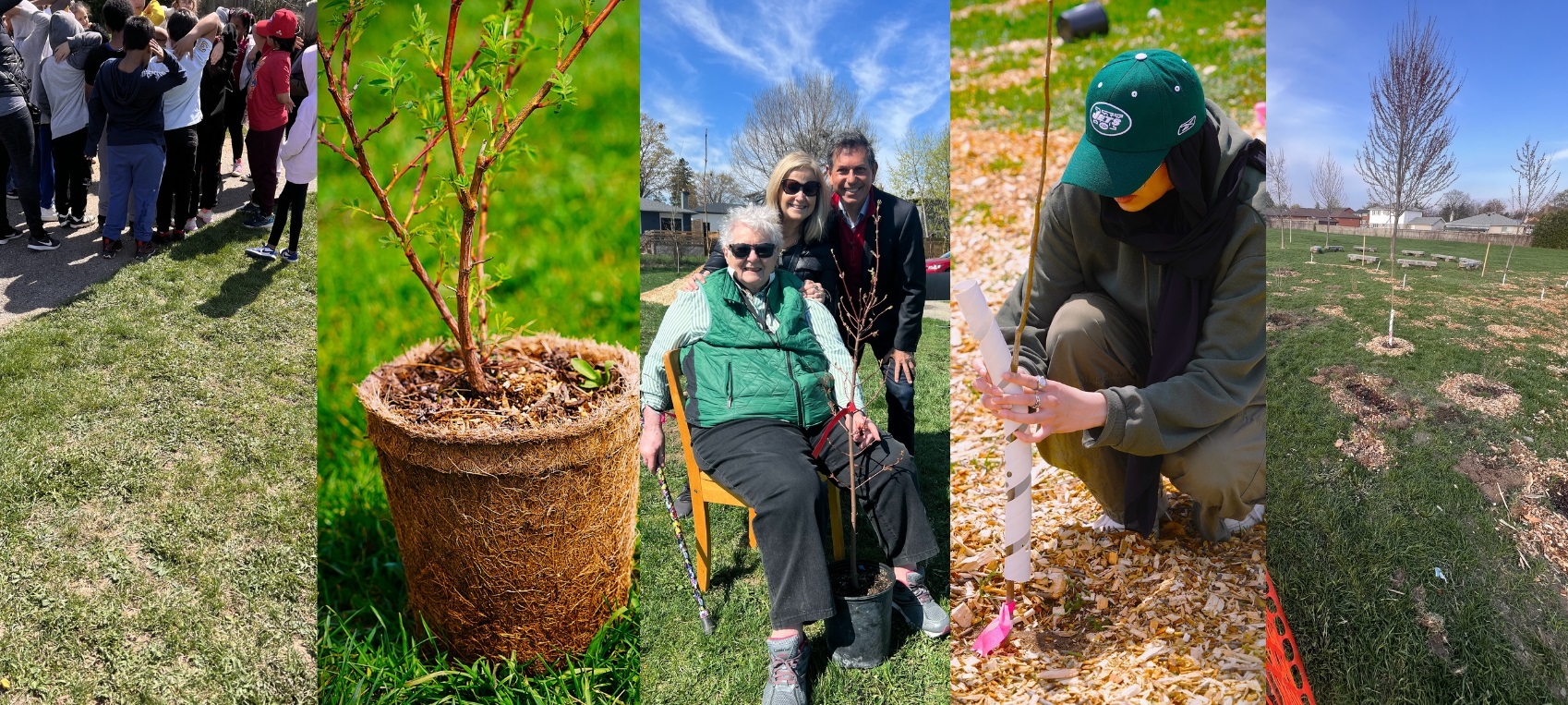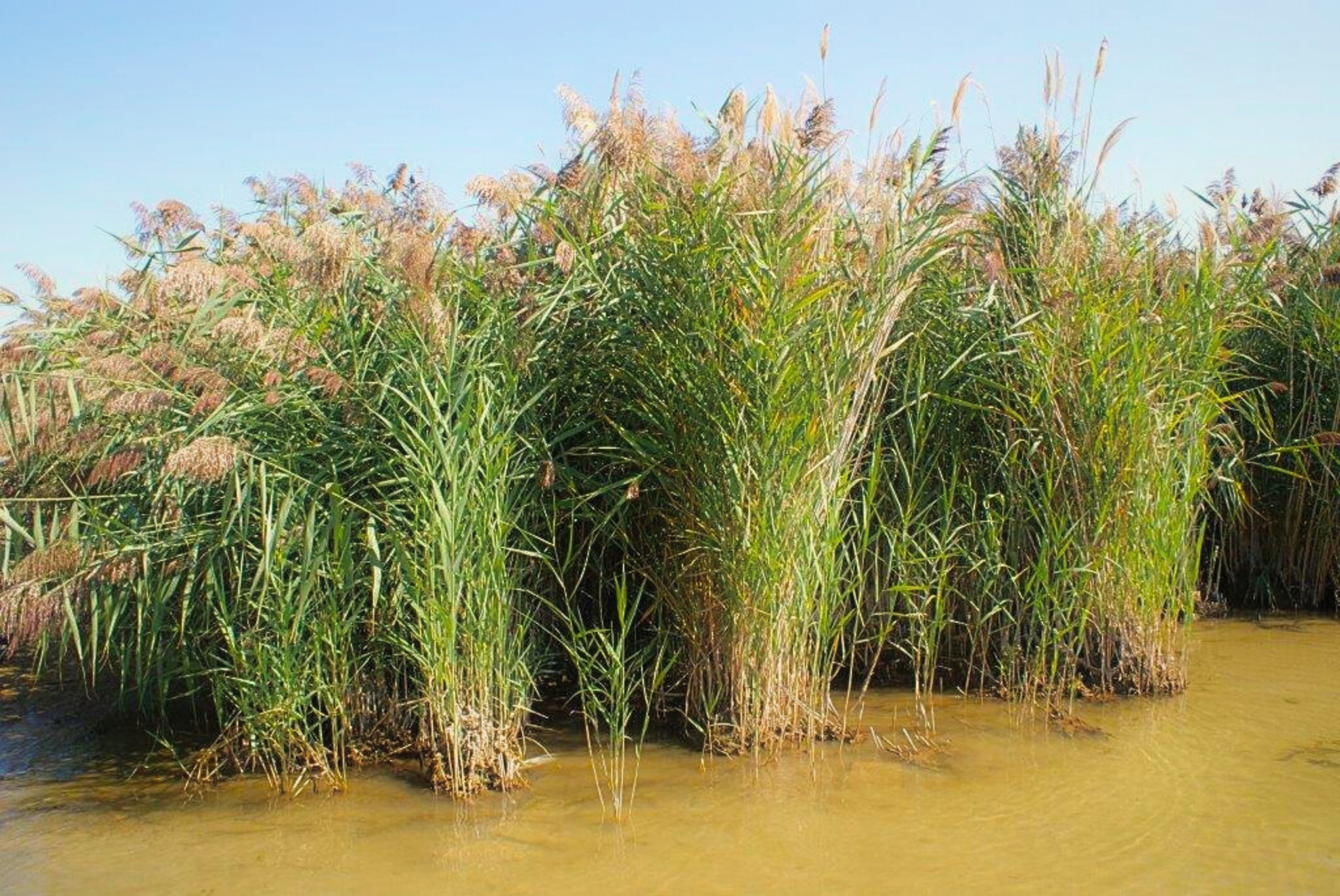What is urban biodiversity and why does it matter?
Urban biodiversity refers to the variety and variability of living organisms, from genes to species to ecosystems, found within urban and peri-urban areas. As urbanization increases, more and more natural spaces, and the invaluable ecosystem services they provide; for example, trees producing the oxygen we breathe and helping to regulate temperature, bees pollinating the crops we eat, and wetlands filtering the water we drink, disappear. With over 80% of Canadians living in urban or peri-urban areas, protecting and enhancing urban biodiversity is more important than ever.
Restoring blue and green spaces to urban areas through urban forests, blue-green parks and streetscapes, community or rooftop gardens, constructed wetlands, re-wilding, wildlife corridors, and other blue-green infrastructure is essential for the health and well-being of urban inhabitants, restoring, protecting and enhancing biodiversity and increasing local resilience to global climate change. Efforts to foster nature awareness and connection, and to promote biodiversity-inclusive urban planning, policy, and governance are equally as important.
These vital efforts also align with Target 12 of the Kunming-Montreal Global Biodiversity Framework (KMGBF), which aims to significantly increase the size and improve the quality of blue and green spaces in urban areas while ensuring equitable access for all. Adopted at the 15th Conference of the Parties (COP15) in Montreal in 2022, the KMGBF is an action- and results-driven framework that calls for the implementation of wide-ranging actions to (1) transform humankind’s relationship with biodiversity by 2030 and (2) ensure that, by 2050, the shared vision of living in harmony with nature is fulfilled.
Exciting innovations are helping advance current initiatives to increase blue and green spaces in urban environments and help support, enhance and promote the benefits of urban biodiversity.
Exciting innovations are helping advance current initiatives to increase blue and green spaces in urban environments and help support, enhance and promote the benefits of urban biodiversity. These include the use of digital twins for stormwater and water supply management, as well as drones to observe and monitor urban ecosystems—two technologies ACER is actively exploring for their potential use in enhancing ACER’s work in the community. Other innovations include advanced biophilic design, to not only reconnect people with nature but also improve air quality, and even blockchain technology to boost funding transparency, efficiency, and sustainability of conservation efforts!
For more information about urban biodiversity, the KMGBF and Canada’s Plan to meet KMGBF Target 12, check out the resources below.
Useful Resources:
Published May 20, 2025



